For thousands of years, turtles have held a unique place in human culture and consciousness. These remarkable creatures, with their distinctive shells and ancient lineage, have inspired mythology, religious practices, art, and literature across diverse civilizations. Their slow but steady nature, incredible longevity, and dual existence between land and water have made them powerful symbols in countless societies. This article explores the rich tapestry of turtle symbolism and cultural significance across continents and throughout human history, revealing how these gentle reptiles have shaped our understanding of the world and our place within it.
Turtles in Ancient Creation Myths

In numerous creation myths worldwide, turtles play a pivotal role as cosmic supporters or world-bearers. Perhaps the most famous is the “World Turtle” or “Cosmic Turtle” myth found across multiple cultures, where a giant turtle carries the world on its back. In Hindu cosmology, the earth rests on the backs of four elephants, who in turn stand on the shell of the great turtle Akupara, swimming through the cosmic ocean. North American Indigenous peoples, particularly among Lenape and Iroquois traditions, tell of how the earth was formed on the back of a great turtle, giving rise to the term “Turtle Island” as a name for North America. These creation narratives highlight the turtle’s perceived strength, stability, and connection to primordial forces that transcend human understanding.
Turtles in Asian Culture and Symbolism

Throughout East Asia, particularly in China, Japan, and Korea, turtles symbolize longevity, wisdom, and good fortune. The Chinese have revered turtles for millennia, with the Black Warrior (Xuanwu), one of the Four Symbols of Chinese astronomy, often depicted as a turtle entwined with a snake. In Feng Shui practices, turtle figurines are placed in homes to attract prosperity and long life. Japanese folklore features Kappa, water spirits with turtle-like features that can be both mischievous and benevolent. In Vietnamese culture, the turtle is one of the Four Sacred Animals (along with the dragon, unicorn, and phoenix), representing strength, endurance, and patience. This reverence extends to practical cultural applications, where turtle motifs adorn architecture, artwork, and household items as symbols of protection and blessing.
Turtles in African Cultural Traditions

Across the African continent, turtles frequently appear in folklore as clever tricksters or wise elders, embodying intelligence that outsmarts physically stronger creatures. In West African storytelling traditions, particularly among the Yoruba and Ashanti peoples, the turtle (or tortoise) character often uses wit and cunning to overcome challenges or teach moral lessons. Many African cultures associate turtles with ancestral wisdom, viewing them as creatures that carry ancient knowledge through generations. Some communities, like the Zulu, have traditional beliefs that turtles can predict weather patterns and seasonal changes, giving them a special connection to natural forces. The turtle’s protective shell has also made it a symbol of defense and security in various African cultural contexts, appearing in protective amulets and traditional medicine practices.
Native American Perspectives on Turtles

Beyond the creation myth of Turtle Island, Native American tribes hold diverse and profound connections to turtles. Many Northeastern Woodland tribes incorporate turtle shells into traditional music, crafting rattles that play important roles in ceremonial dances and spiritual rituals. Among the Lakota people, the turtle symbol represents fertility and the feminine life-giving properties of Mother Earth. The Pueblo cultures of the Southwest feature turtle imagery in pottery and kachina figures, connecting the creatures to water, which is precious in arid regions. Some tribes consider turtles as messengers between the human world and the spirit realm, capable of traversing between water, land, and the underworld with ease, making them powerful spiritual intermediaries in traditional belief systems.
Turtles in Mediterranean and Middle Eastern Traditions

Ancient Mediterranean civilizations incorporated turtles into their cultural and religious practices in fascinating ways. In Greek mythology, the first lyre—the instrument of Apollo and the Muses—was crafted by Hermes using a turtle shell, connecting these creatures to music, creativity, and divine inspiration. Ancient Egyptians associated turtles with the Nile and the cycles of life it sustained, though they held complex views that sometimes saw turtles as potential threats to the sun god Ra’s journey.
In early Christian symbolism, particularly in Byzantine art, turtles sometimes represented resurrection and eternal life due to their longevity and protective qualities. Throughout the Middle East, turtle motifs appeared in mosaics, textiles, and architectural elements, often symbolizing patience and the measured passage of time in societies that valued contemplation and endurance.
Turtles in Modern Popular Culture

The cultural significance of turtles has seamlessly transitioned into modern entertainment and popular culture, maintaining their symbolic importance while gaining new dimensions. The global phenomenon of the Teenage Mutant Ninja Turtles franchise transformed these reptiles into pop culture icons, bringing turtle symbolism to new generations through comics, animation, movies, and merchandise. In literature, works like Terry Pratchett’s Discworld series have reimagined the World Turtle concept, with the fictional planet resting on the back of the giant turtle A’Tuin, blending ancient mythology with modern fantasy storytelling.
Animated films like “Finding Nemo” with the laid-back turtle Crush and children’s books such as Dr. Seuss’s “Yertle the Turtle” have further cemented turtles as beloved cultural figures that often represent wisdom, patience, or environmental concerns. Through these modern interpretations, turtle symbolism continues to evolve while maintaining connections to their historical significance across human cultures.
Turtles as Environmental Ambassadors

In contemporary society, turtles have emerged as powerful symbols of environmental conservation and the fragility of ecosystems. Sea turtles, in particular, have become flagship species for ocean conservation efforts, with their predicament highlighting issues of plastic pollution, climate change, and habitat destruction. Many coastal communities have developed turtle-centered ecotourism initiatives that combine cultural education with conservation awareness, creating economic incentives to protect these ancient creatures.
Conservation organizations frequently use turtle imagery in their campaigns, leveraging the universal appeal and cultural significance of these animals to promote broader environmental messages. The plight of endangered turtle species like the Kemp’s ridley or the Yangtze giant softshell turtle has captured global attention, transforming these creatures into living ambassadors that connect cultural heritage with urgent contemporary environmental concerns.
Turtles in Spiritual and Religious Practices

Beyond mythology, turtles hold significant places in active spiritual and religious practices around the world today. In certain Buddhist traditions, releasing turtles into the wild is considered an act of compassion and merit-making, believed to generate good karma and symbolize liberation. Some Native American spiritual ceremonies still incorporate turtle imagery and artifacts, maintaining centuries-old connections to these creatures as spiritual guides.
In parts of West Africa and the Caribbean, traditions influenced by Yoruba spiritual practices sometimes view turtles as connected to Orisha deities, particularly those associated with water and wisdom. Hindu devotees continue to revere turtles as one of Lord Vishnu’s avatars (Kurma), particularly during certain festivals celebrating this manifestation of the deity. These living spiritual connections demonstrate how turtle symbolism remains active in contemporary religious expression, not just as historical artifacts but as ongoing elements of faith and practice.
The Turtle in Art and Craft Traditions

Throughout human history, turtles have inspired artistic expression across virtually every medium, creating a rich visual legacy that spans continents and epochs. Indigenous Australian dot paintings sometimes feature turtle motifs that connect to Dreamtime stories and traditional knowledge about these creatures in coastal regions. Japanese netsuke carvers created intricate miniature turtle sculptures that served both practical and aesthetic purposes in traditional dress.
Central American cultures, particularly among Maya and Aztec artisans, incorporated turtle imagery into jewelry, pottery, and stone carvings, often connecting them to rain deities and agricultural fertility. Contemporary artists continue this tradition, with turtle motifs appearing in everything from high fine art installations addressing environmental concerns to popular handicrafts and jewelry that reference traditional symbolic meanings. This artistic continuity demonstrates the enduring visual appeal and symbolic richness that turtles provide to human creative expression.
Turtle Symbolism in Language and Literature

The cultural significance of turtles extends into human language and literary traditions, where turtle characteristics have become powerful metaphors and literary devices. The famous Aesop’s fable “The Tortoise and the Hare” has given rise to countless linguistic expressions about slow but steady progress, patience, and perseverance across many languages. In Japanese literature, haiku poets have traditionally used turtles (kame) as seasonal references and symbols of longevity in their concise verse forms.
Many languages contain idioms referencing turtles or tortoises, such as “coming out of one’s shell” or “turtling up” in English, which metaphorically apply turtle behaviors to human psychology. Contemporary environmental literature often features turtles as characters or symbols representing ancient wisdom and threatened natural heritage, as seen in works like Barbara Kingsolver’s “Prodigal Summer” or Linda Hogan’s “Power,” where turtle imagery connects to themes of sustainability and indigenous knowledge.
Turtles in Traditional Medicine and Folklore

Throughout history, turtles have featured prominently in traditional medicine systems and folkloric healing practices across multiple continents. In Traditional Chinese Medicine, preparations using turtle shells (plastron) have been prescribed for various ailments for thousands of years, though this practice has become controversial due to conservation concerns. Caribbean folk healing traditions sometimes incorporate turtle elements in remedies for longevity and strength, drawing on both indigenous and African-influenced medical knowledge.
In parts of Southeast Asia, turtle egg consumption has been traditionally associated with increased virility and health benefits, though conservation efforts now discourage this practice. Beyond physical remedies, numerous cultures have folklore about the healing properties of dreaming about turtles or encountering them at significant moments, often interpreted as signs of protection or forthcoming stability in one’s life. These traditional associations between turtles and healing highlight how deeply these creatures have been integrated into human understanding of health and wellbeing across diverse societies.
Turtles in Contemporary Cultural Celebrations

Modern communities continue to celebrate turtles through festivals, ceremonies, and public events that honor their cultural significance while often promoting their conservation. The town of Malaclemys in Maryland hosts an annual Diamondback Terrapin Festival celebrating their state reptile with educational programs, art exhibits, and community activities that blend cultural heritage with conservation awareness. In Tortuguero, Costa Rica, the annual sea turtle nesting season has developed into a carefully managed ecotourism event that combines traditional cultural knowledge with scientific monitoring, creating economic incentives for conservation.
Japanese communities celebrate Turtle Day (May 23) with special foods, traditions, and visits to shrines where turtle symbolism features prominently. Many coastal communities worldwide have developed turtle release ceremonies where hatchlings from conservation programs are returned to the ocean, often incorporating elements of traditional blessing ceremonies with modern conservation education. These contemporary celebrations demonstrate how turtle cultural significance continues to evolve, adapting ancient reverence to address modern environmental challenges.
The universal presence of turtles in human culture speaks to something profound in our relationship with these ancient creatures. From carrying the world on their backs in creation myths to representing wisdom and longevity in diverse traditions, turtles have consistently occupied a special place in human imagination and spiritual life. As we face growing environmental challenges, the cultural significance of turtles has taken on new dimensions, transforming these reptiles into symbols of both what we stand to lose and what we might yet preserve. By understanding the rich cultural heritage associated with turtles, we gain insight not only into diverse human traditions but also into our shared responsibility to protect these remarkable creatures that have accompanied humanity throughout our cultural evolution.

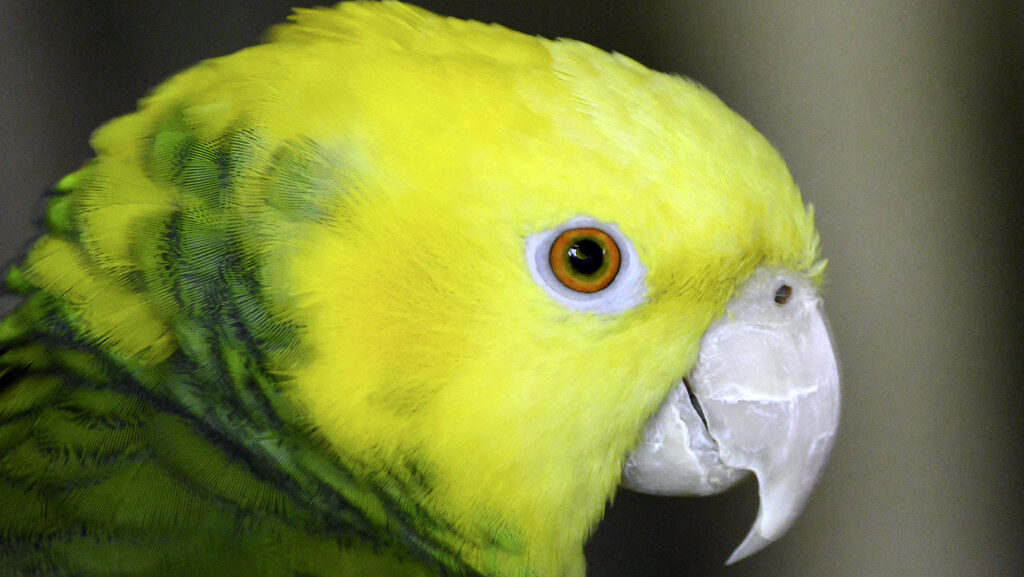

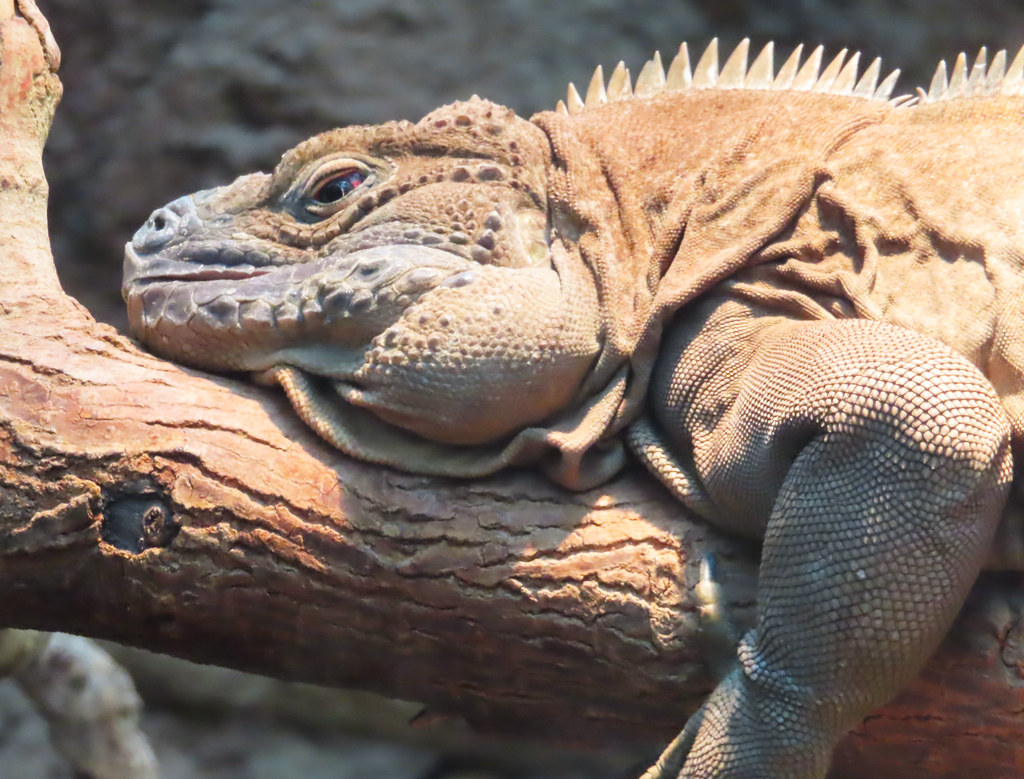
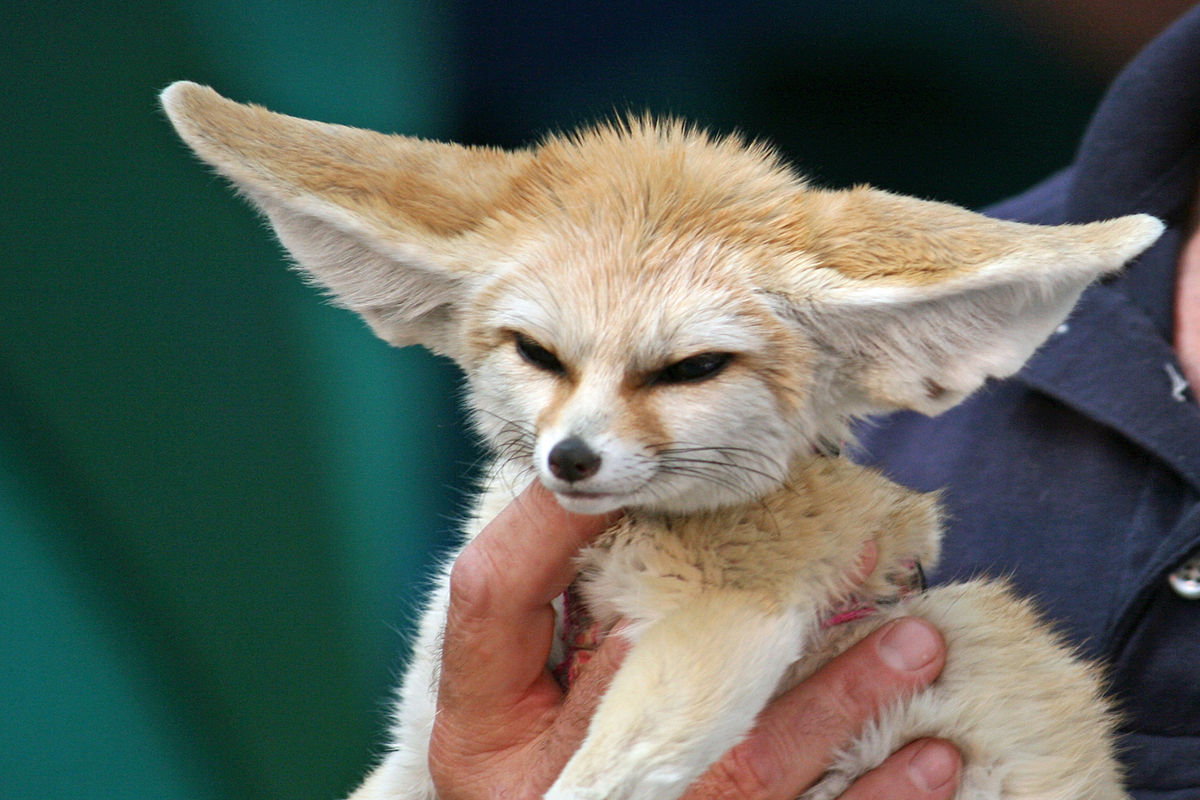
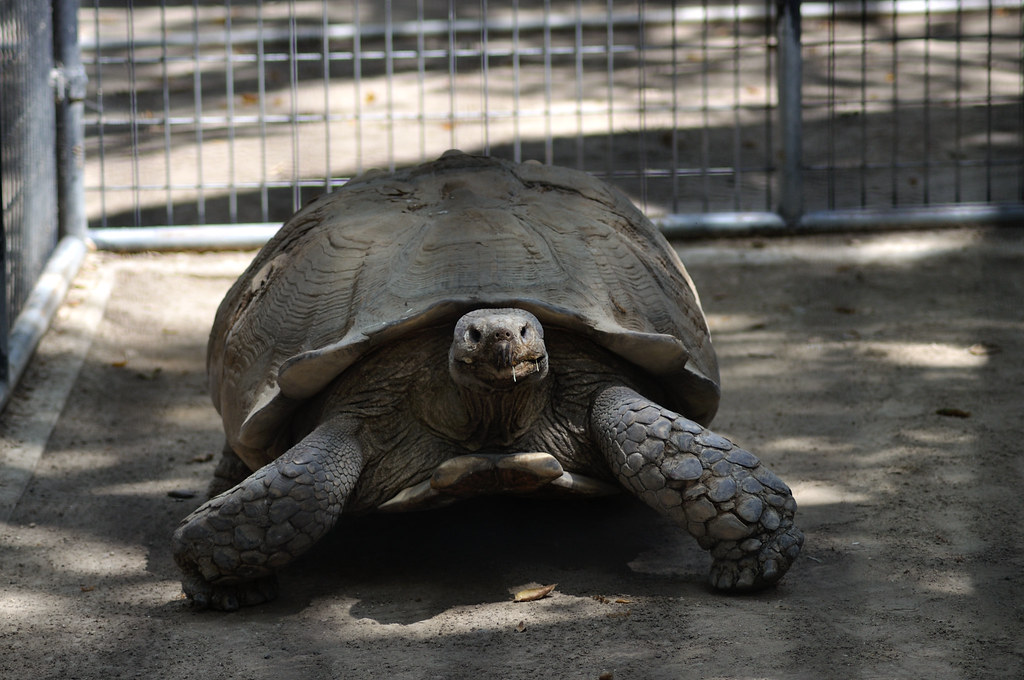

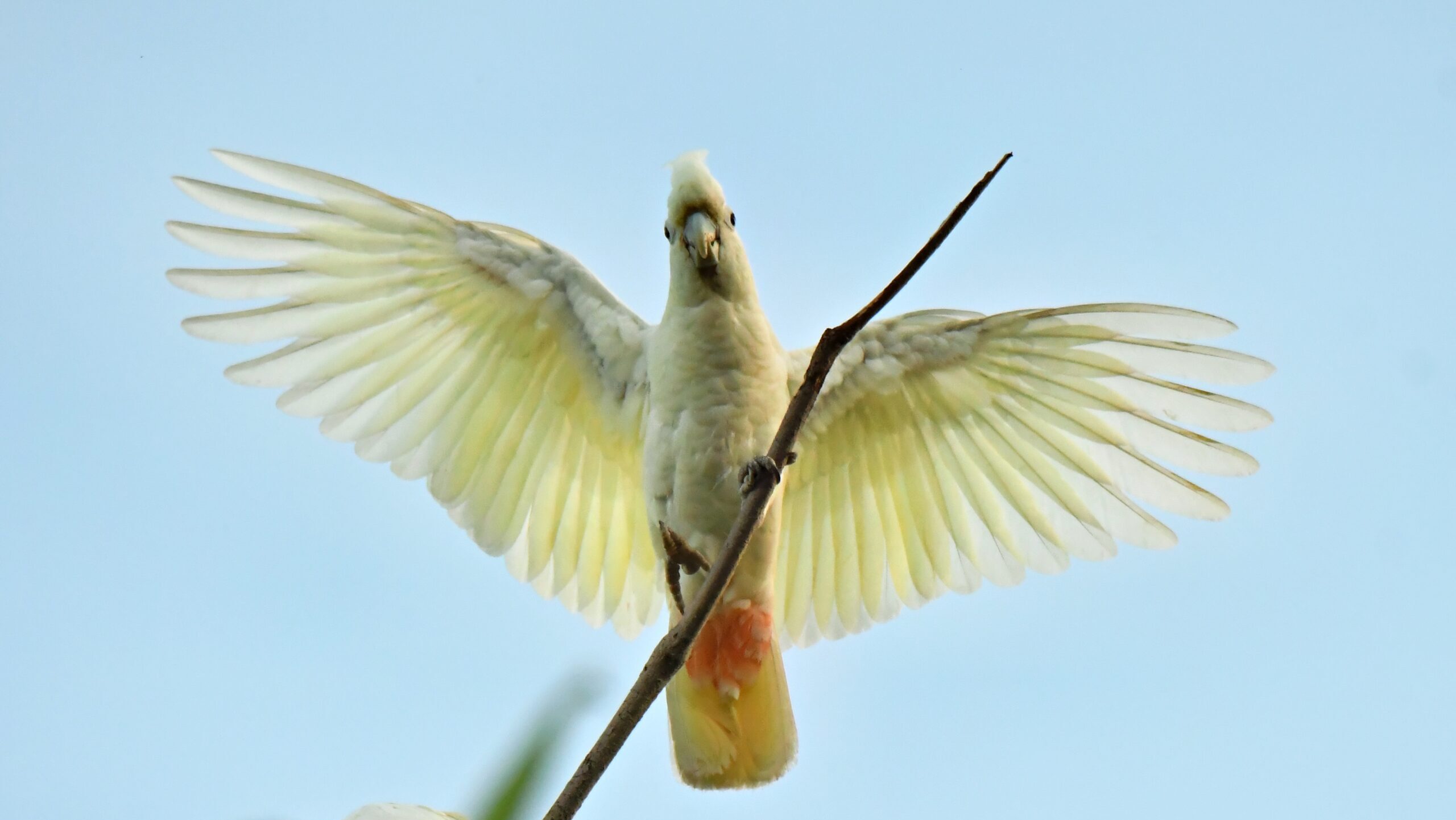

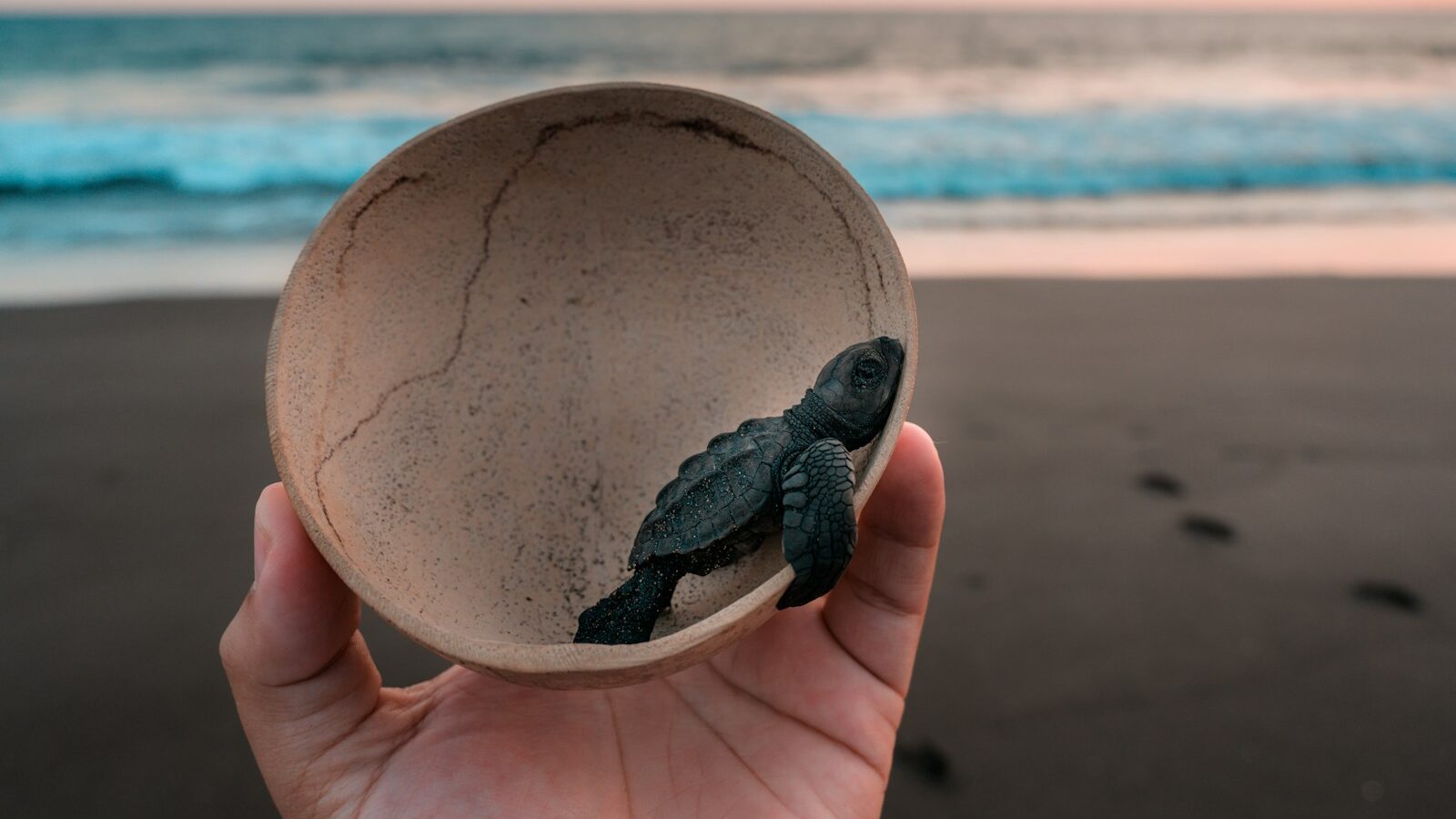
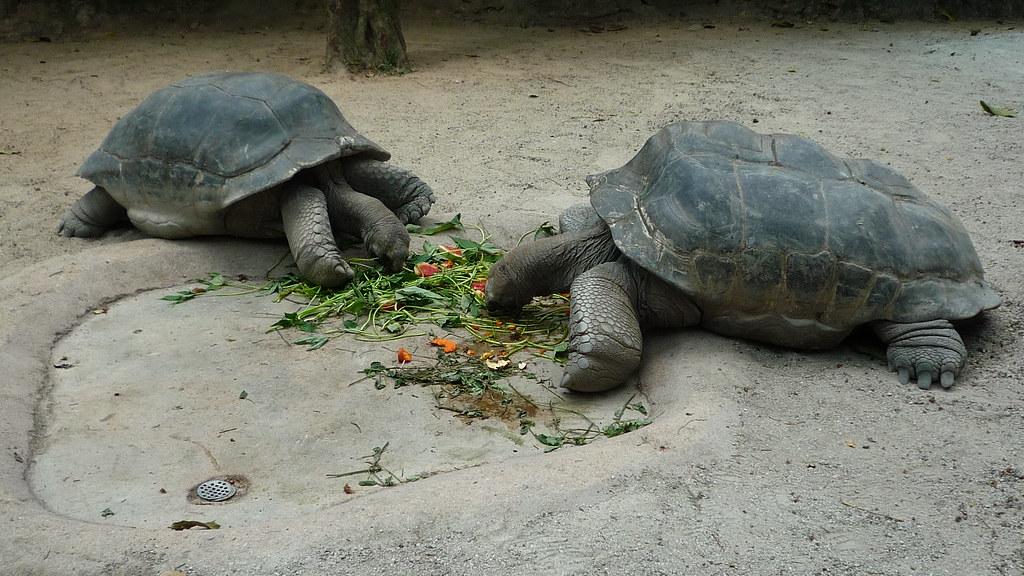




Leave a Reply